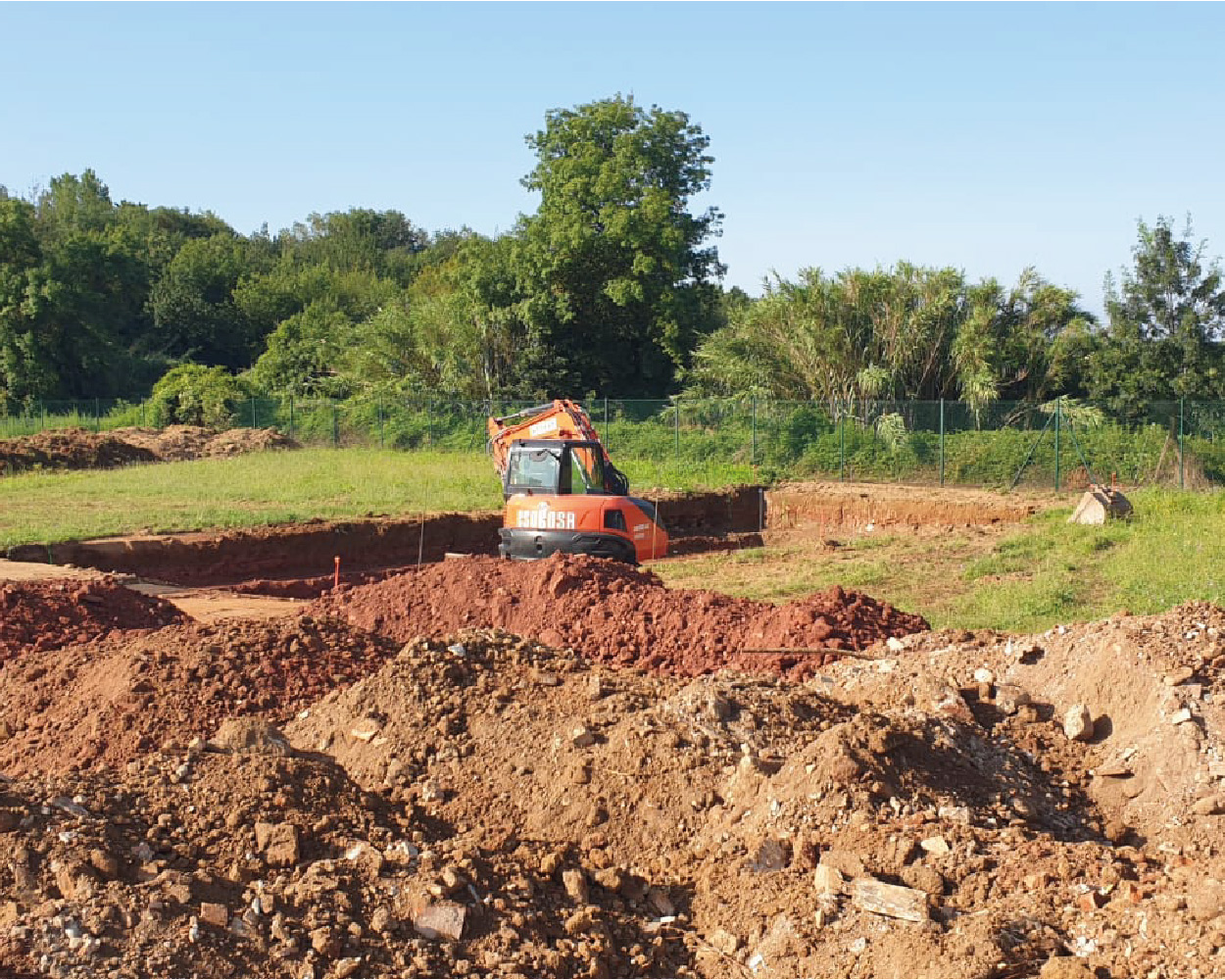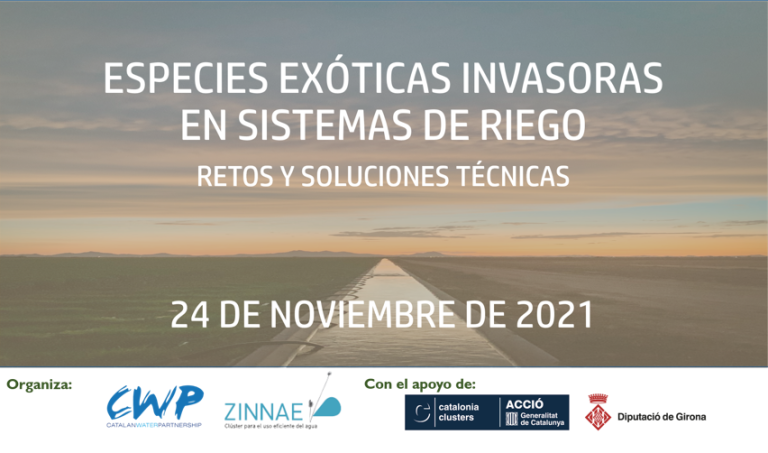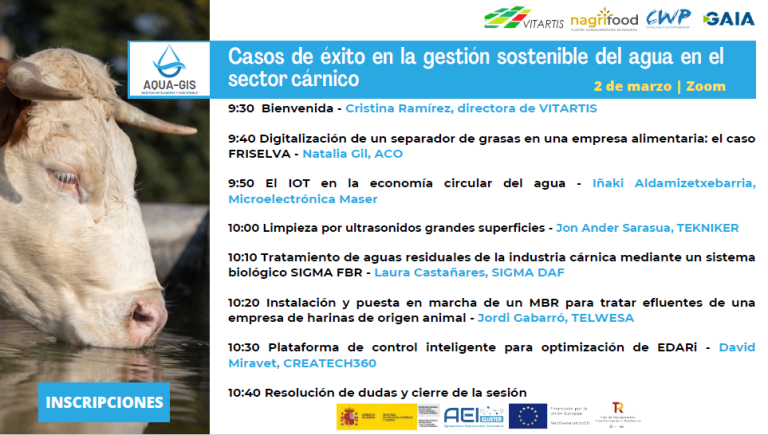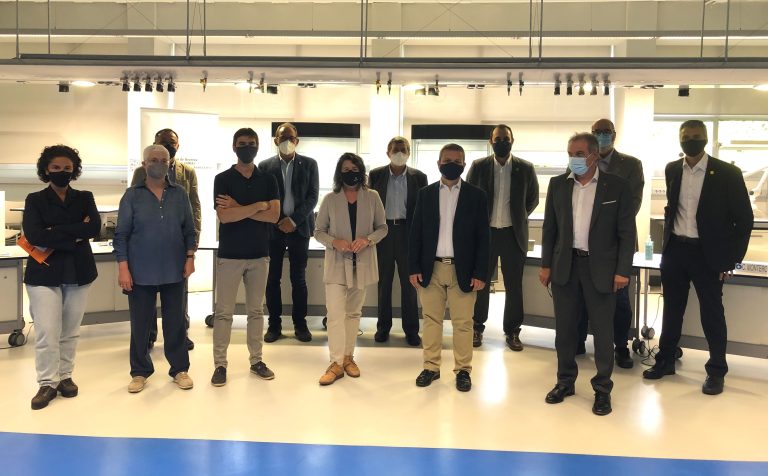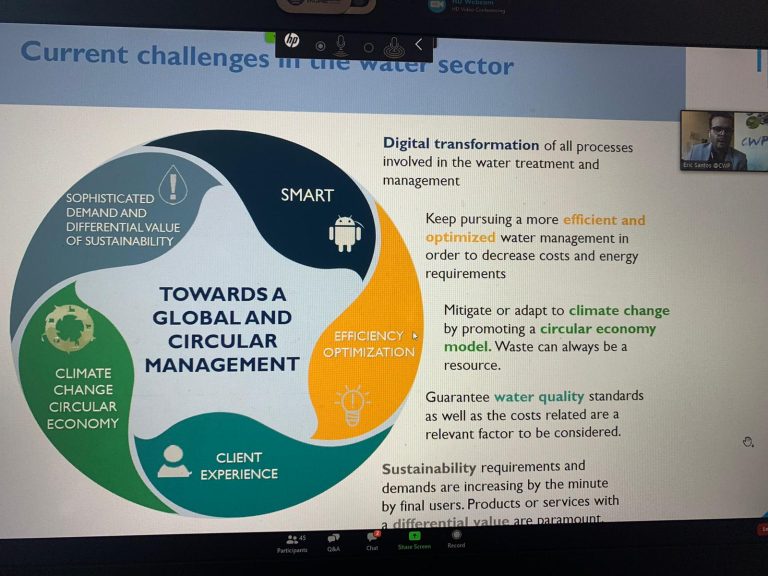THE BIODAPH REACTORS ARE ALREADY UNDER CONSTRUCTION AT THE EDAR DE QUART, GIRONA
- The LIFE BIODAPH2O project (LIFE21-ENV-CA-BIODAPH2O) is financed within the LIFE program of the European Commission dedicated to environmental protection and climate action.
- It will last 42 months, ending in January 2026 and has a budget of €2.1 million.
- Two pilot tests will be carried out with different configurations of the BIODAPH treatment system at the Quart WWTP (Girona, Catalonia) and at the Antissa WWTP (Lesbos, Greece).
Last June 30, construction work began on the two BIODAPH bioreactors that will be fed with effluent water from the Quart treatment plant (Girona, Catalonia). The BIODAPH tertiary wastewater treatment system is quite capable of purifying daphnia (also called “water fleas”, specifically of the Daphnia magna species), microalgae and biofilm to remove water pollutants . This treatment is characterized by being very compact, having low energy consumption, not producing sludge or using chemicals for its operation. This nature-based technology was developed and evaluated in real conditions on a small scale prior to the INNOQUA project. The construction phase of the Quart pilot will end at the end of July, and then the reactors will be commissioned.
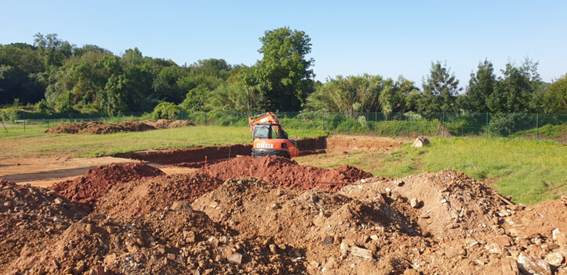
Illustration 1. Start of construction work on the BIODAPH reactors at the Quart WWTP. Photo: Jordi Colomer (07/04/2023).
Specifically, the implementation of the BIODAPH system at the Quart WWTP will reduce the impact of secondary waste water discharges into the Onyar river while improving the chemical and ecological quality of the aquatic ecosystems of this river characterized by a great variability of flow , with alternating long-term dry or low-flow periods and short flooding episodes. These temporary stream ecosystems can be strongly affected by point pollution from the WWTP due to reduced dilution capacity during dry periods and low flow.
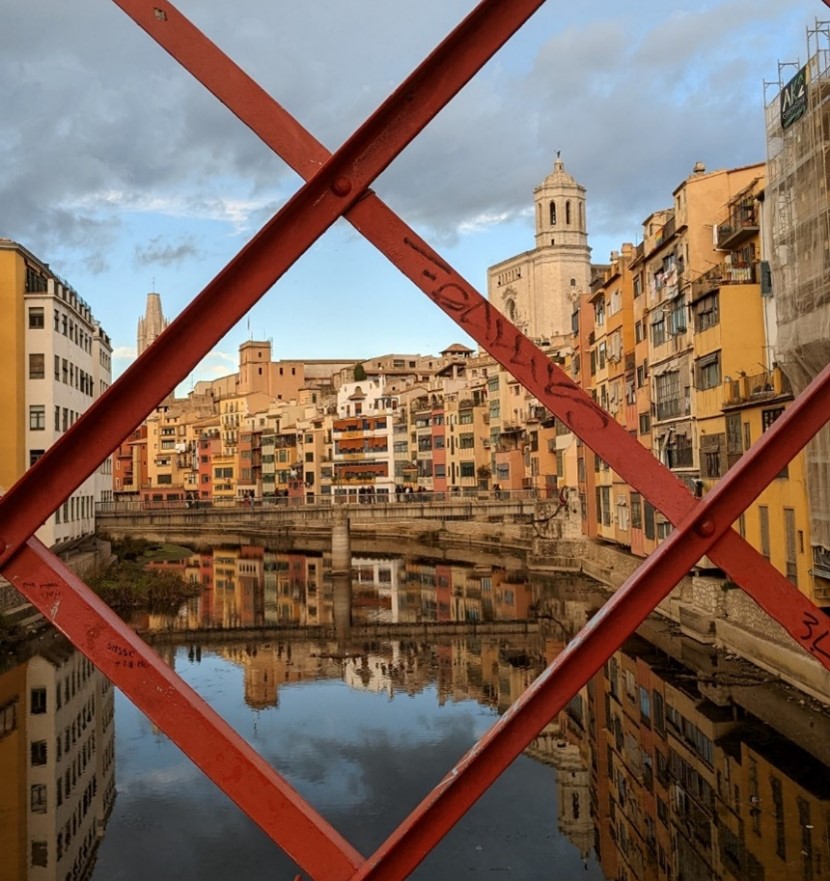
Illustration 2. Onyar River with the old quarter of Girona in the background. Photo: Aina Amengual
Perseguint l’objectiu de conèixer les condicions actuals de referència del riu Onyar i poder avaluar, a futur, l’impacte de la implementació de la tecnologia BIODAPH en l’estat ecològic i químic del riu receptor, durant els últims deu mesos s’han dut a terme quatre campanyes de mostreig en diferents punts estratègics del riu Onyar: aigües amunt i aigües avall de l’EDAR de Quart. Cada una de les campanyes ha coincidit amb una estació de l’any i aquesta última (estiu) es va realitzar el 17 de juliol.
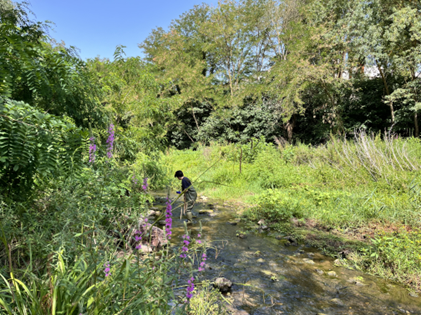
Illustration 3. Last sampling campaign to find out the reference conditions of the Onyar river. Photo: Anna Fernández (17/07/2023).
In addition, the BIODAPH technology will also be implemented in the coming months in Greece, a Mediterranean region also very affected by water stress. In this case, the BIODAPH system will be implemented together with the Antissa WWTP on the island of Lesvos, in the pilot plant built as part of the HYDROUSA project where different configurations of the system will be tested with the aim of obtaining regenerated water in accordance with EU Regulation 2020/741 to irrigate 7,000 m2.
Since the beginning of the LIFE BIODAPH2O project formed by the University of Girona (coordinators), Sorigué, IDAEA-CSIC, MINAVRA Techniki, the National Technical University of Athens (NTUA), the BETA Technology Center and the Catalan Water Partnership (CWP ), numerous communication and dissemination activities of the project have already taken place, of which the participation in the final Congress of the Hydrousa project “Water Innovation and Circularity Conference (WICC)” and in the 6th edition of the IWA International Congress on ecoTechnologies for waste water treatment (ecoSTP 2023). In addition, the project was also presented at the last CWP General Assembly in front of more than 100 key stakeholders in the water sector.
